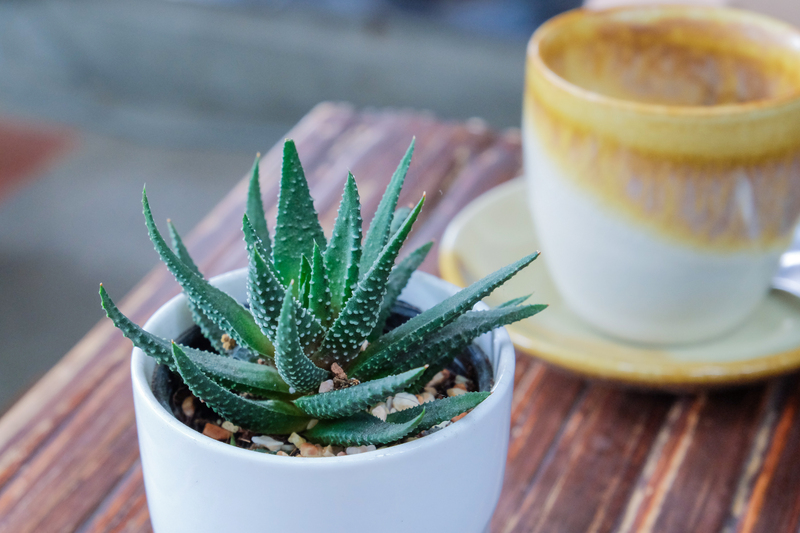Key Points on Garden Storm Damage
Posted on 08/01/2025
Gardening offers a retreat from daily life, providing a space for relaxation and creativity. However, storms can wreak havoc on your carefully cultivated landscape. Knowing how to prepare for and handle garden storm damage is essential for maintaining the beauty and health of your garden. This article will discuss the key points on garden storm damage and offer practical strategies to mitigate its impact.
Understanding the Types of Storms and Their Impact
Storms come in various forms, each presenting unique challenges for gardeners. Whether it's torrential rain, high winds, hail, or snow, each type of storm can cause significant damage. Understanding these weather events is the first step in preparing your garden.
Heavy Rainfall and Flooding
Excessive rainfall can lead to soil erosion, waterlogged plants, and nutrient runoff. Waterlogged roots can suffocate plants, while erosion can strip away the topsoil, which is rich in nutrients.
High Winds
Strong winds can break branches, uproot trees, and scatter debris throughout your garden. They can also damage structures like greenhouses and sheds. Wind damage not only affects the physical structure of plants but also their ability to perform photosynthesis efficiently.
Hail
Hailstones can cause direct physical damage to leaves, stems, and flowers. This damage can leave plants vulnerable to diseases and reduce their aesthetic and productive value.
Snow and Frost
Snow and frost can be particularly damaging to plants not suited to cold climates. Frost can kill tender plants, while heavy snow can break branches and crush plants under its weight.

Preventive Measures for Minimizing Damage
Prevention is better than cure. By taking proactive steps, you can minimize the damage storms cause to your garden. Here are some strategies to consider:
Soil Management
Healthy soil is the foundation of a resilient garden. Ensure that your garden soil has good drainage to prevent waterlogging. Adding organic matter like compost can improve soil structure and help retain nutrients, making your plants more resilient to storm damage.
Plant Selection
Selecting plants that are well-suited to your local climate can significantly reduce storm damage. Native plants, in particular, are more likely to withstand local weather extremes. Additionally, consider planting windbreaks using shrubs and trees to protect more delicate plants.
Structural Support
Providing support for vulnerable plants can help them withstand high winds and heavy rains. Trellises, stakes, and cages can offer additional support to plants with heavy fruits or flowers. Ensure that greenhouses and other structures are securely anchored to prevent wind damage.
Immediate Actions After a Storm
After a storm passes, your first steps can determine how quickly your garden recovers. Immediate actions can help mitigate ongoing damage and set the stage for recovery.
Assessing the Damage
Inspect your garden thoroughly to assess the extent of the damage. Look for broken branches, uprooted plants, and signs of waterlogging. Take photographs, if necessary, for insurance claims or to help develop future preventive strategies.
Pruning and Cleaning
Remove broken branches and damaged plants to prevent the spread of disease and pests. Clean up debris to reduce the risk of secondary damage. Pruning damaged branches back to healthy growth can help plants recover more quickly.
Soil and Plant Care
If your garden has experienced flooding, check for erosion and replenish lost soil nutrients. Waterlogged soils may need to be aerated to improve drainage. For uprooted plants, replant them as soon as possible, ensuring their roots are properly buried and the soil firmed around them.
Long-term Recovery Strategies
Once the immediate effects of a storm have been addressed, it's time to focus on long-term recovery and resilience-building. These strategies will help ensure that your garden can bounce back and withstand future storms.
Enhanced Soil Health
Continue to improve your soil's health by regularly adding organic matter and practicing crop rotation. Healthy soil supports strong, resilient plants that can better withstand storms.
Monitoring Plant Health
Keep an eye on the health of your plants, looking out for signs of disease or pest infestations that may have taken hold due to storm damage. Early intervention is key to preventing further decline.
Adjusting Garden Layout
Consider redesigning parts of your garden to better handle storms. This may include creating raised beds to improve drainage, planting windbreaks, or repositioning vulnerable plants to more sheltered areas.

Community and Professional Resources
Utilizing community and professional resources can provide additional support and knowledge for managing garden storm damage. Here are some avenues to explore:
Local Extension Services
Local agricultural extension services often provide valuable information and resources on dealing with storm damage. They can offer advice tailored to your specific region and conditions.
Gardening Clubs and Online Forums
Join gardening clubs and online forums to share experiences and learn from other gardeners who have faced similar challenges. These communities can offer practical advice and moral support.
Professional Help
In cases of extensive damage, consider hiring professional arborists or landscapers. They can provide expert care and help restore your garden more efficiently.
Conclusion
Storms are an inevitable part of nature, but by understanding the types of storms and their impacts, taking preventive measures, and knowing how to respond when damage occurs, you can protect your garden. Immediate actions combined with long-term recovery strategies will help ensure that your garden remains a beautiful and resilient retreat. Engaging with community resources and professionals can further enhance your efforts, providing additional knowledge and support.
In summary, garden storm damage is a multifaceted challenge that requires a proactive and informed approach. By focusing on soil health, plant selection, and structural support, among other strategies, you can mitigate the effects of storms and maintain a thriving garden year-round.












